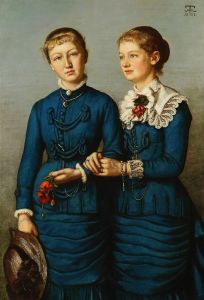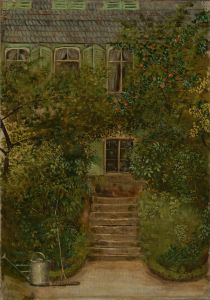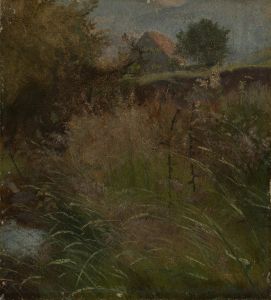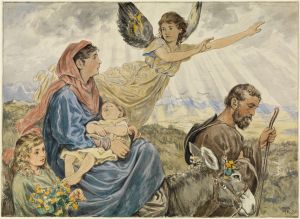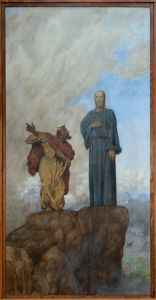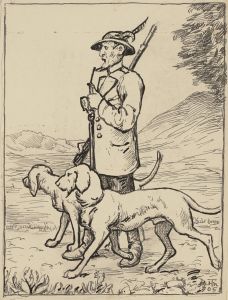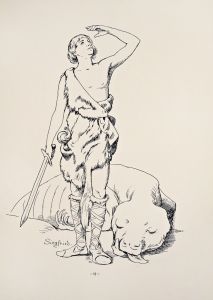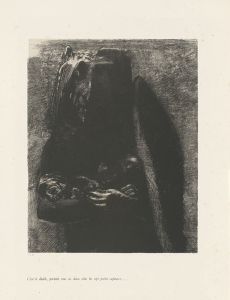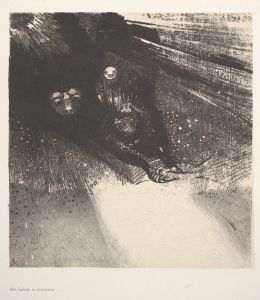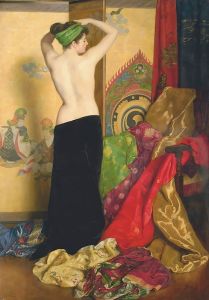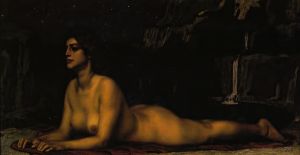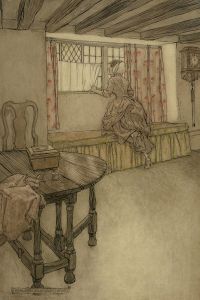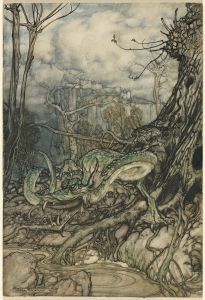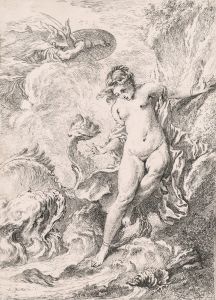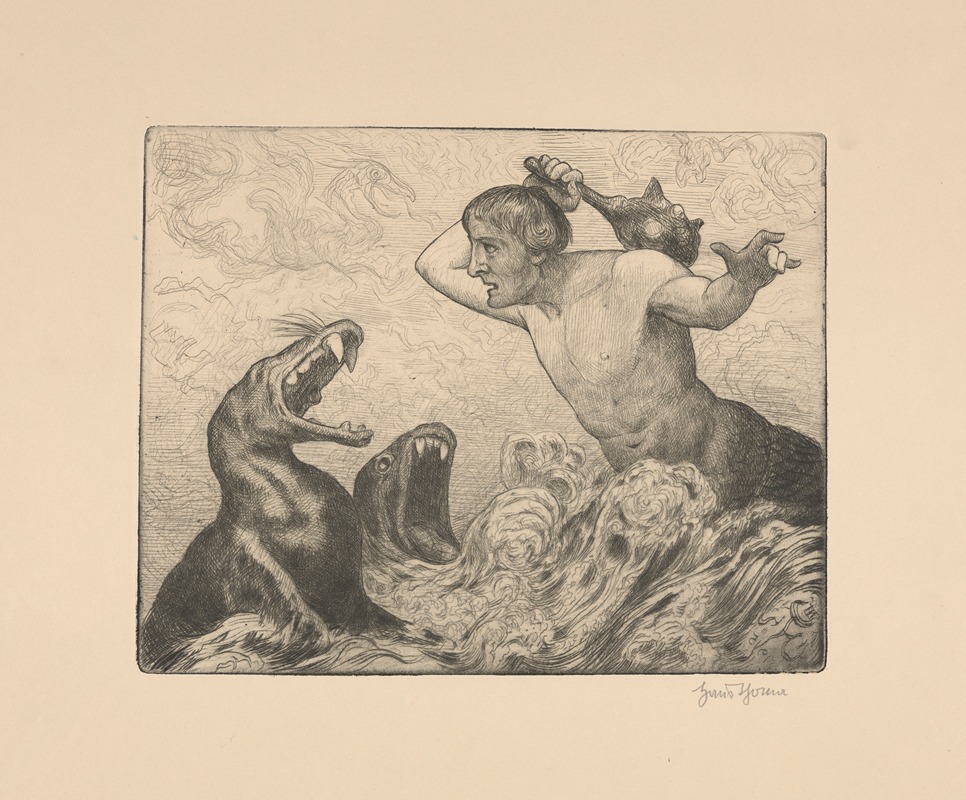
Das Seeungeheuer
A hand-painted replica of Hans Thoma’s masterpiece Das Seeungeheuer, meticulously crafted by professional artists to capture the true essence of the original. Each piece is created with museum-quality canvas and rare mineral pigments, carefully painted by experienced artists with delicate brushstrokes and rich, layered colors to perfectly recreate the texture of the original artwork. Unlike machine-printed reproductions, this hand-painted version brings the painting to life, infused with the artist’s emotions and skill in every stroke. Whether for personal collection or home decoration, it instantly elevates the artistic atmosphere of any space.
Hans Thoma was a German painter born on October 2, 1839, in Bernau in the Black Forest. He is known for his landscapes, portraits, and mythological themes, often drawing inspiration from German folklore and the natural beauty of his homeland. One of his notable works is "Das Seeungeheuer," which translates to "The Sea Monster."
"Das Seeungeheuer" is a painting that exemplifies Thoma's interest in mythological and fantastical subjects. The painting depicts a dramatic scene involving a sea monster, a theme that resonates with the rich tradition of folklore and myth. Thoma's work often reflects a blend of realism and fantasy, capturing both the beauty and the terror of nature.
The painting showcases Thoma's skill in composition and his ability to evoke emotion through his use of color and form. The sea monster is depicted with a sense of movement and vitality, creating a dynamic interaction with the surrounding elements. Thoma's attention to detail is evident in the textures of the creature's skin and the turbulent waters, which add to the painting's dramatic impact.
Thoma's style is often associated with the Romantic movement, characterized by an emphasis on emotion and individualism, as well as a glorification of nature and the past. However, his work also contains elements of realism, as seen in his meticulous attention to detail and his ability to capture the essence of his subjects. This combination of styles allows Thoma to create works that are both imaginative and grounded in reality.
Throughout his career, Hans Thoma was influenced by various artistic movements and figures. He studied at the Karlsruhe Academy of Fine Arts and later in Düsseldorf, where he was exposed to the Düsseldorf school of painting, known for its detailed and realistic approach. Thoma also spent time in Paris, where he encountered the works of Gustave Courbet and the Barbizon School, which further influenced his development as an artist.
Thoma's work, including "Das Seeungeheuer," reflects his deep connection to his German heritage and his fascination with the natural world. His paintings often incorporate elements of the Black Forest landscape, imbuing them with a sense of place and identity. This connection to his roots is a recurring theme in Thoma's oeuvre, as he sought to capture the spirit of his homeland through his art.
In addition to his mythological and landscape paintings, Thoma was also known for his portraits and religious works. His versatility as an artist allowed him to explore a wide range of subjects and styles, contributing to his reputation as one of Germany's prominent painters of the late 19th and early 20th centuries.
Hans Thoma's legacy continues to be celebrated in Germany, with several museums dedicated to his work, including the Hans Thoma Museum in Bernau. His paintings remain an important part of the country's cultural heritage, offering insight into the artistic and cultural currents of his time. "Das Seeungeheuer" stands as a testament to Thoma's skill and imagination, capturing the enduring allure of myth and the power of nature.





